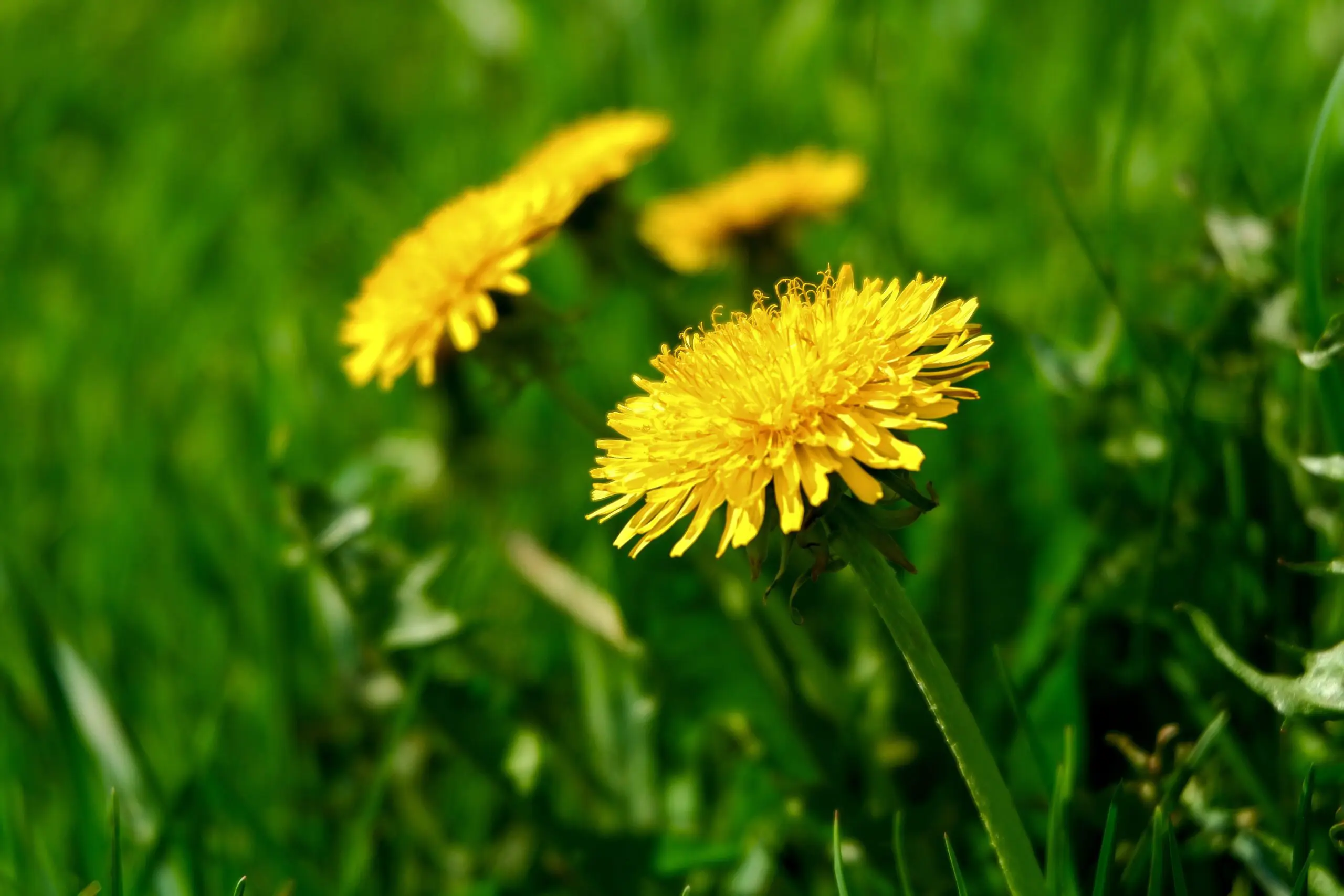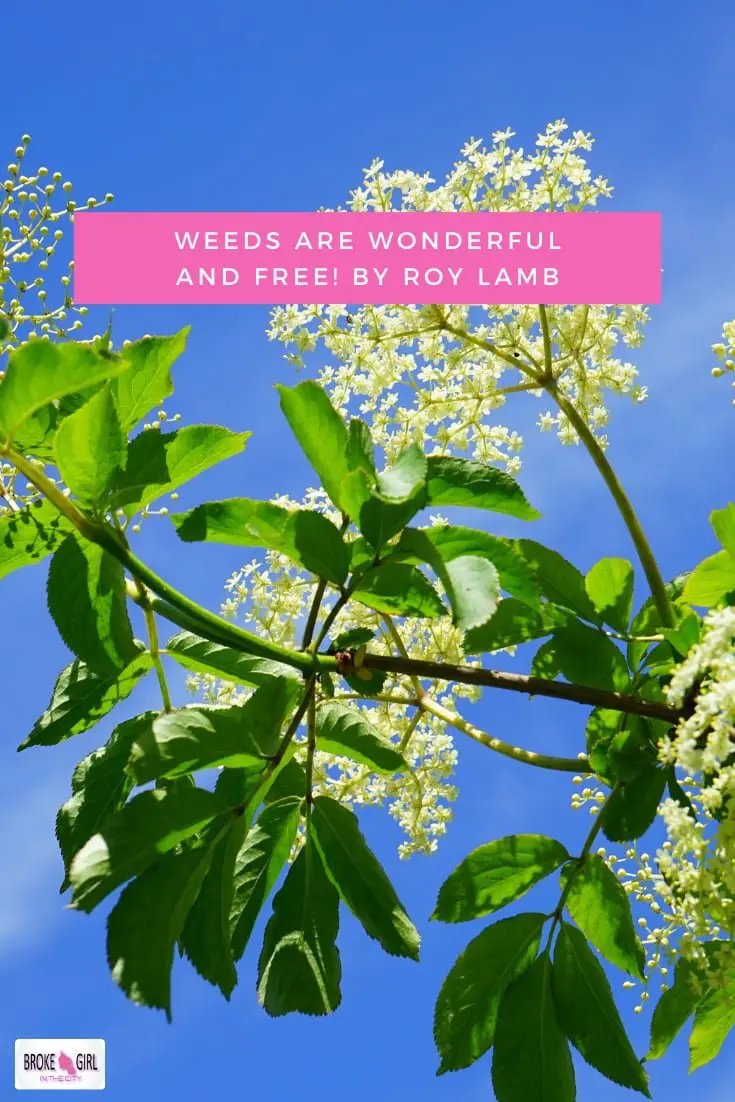
Weeds are wonderful and free!
By Roy Lamb, pharmacist and co-founder of Nasslor Health Drinks.
Superfoods don’t have to have posh-sounding names (acai berries, chia seeds, etc.), and they aren’t exclusive to health shops—some superfoods are grown in your garden, whether you want them to or not. Here are a few weeds (and words from an expert in this field) that can provide a whole host of health benefits — they even have posh names.
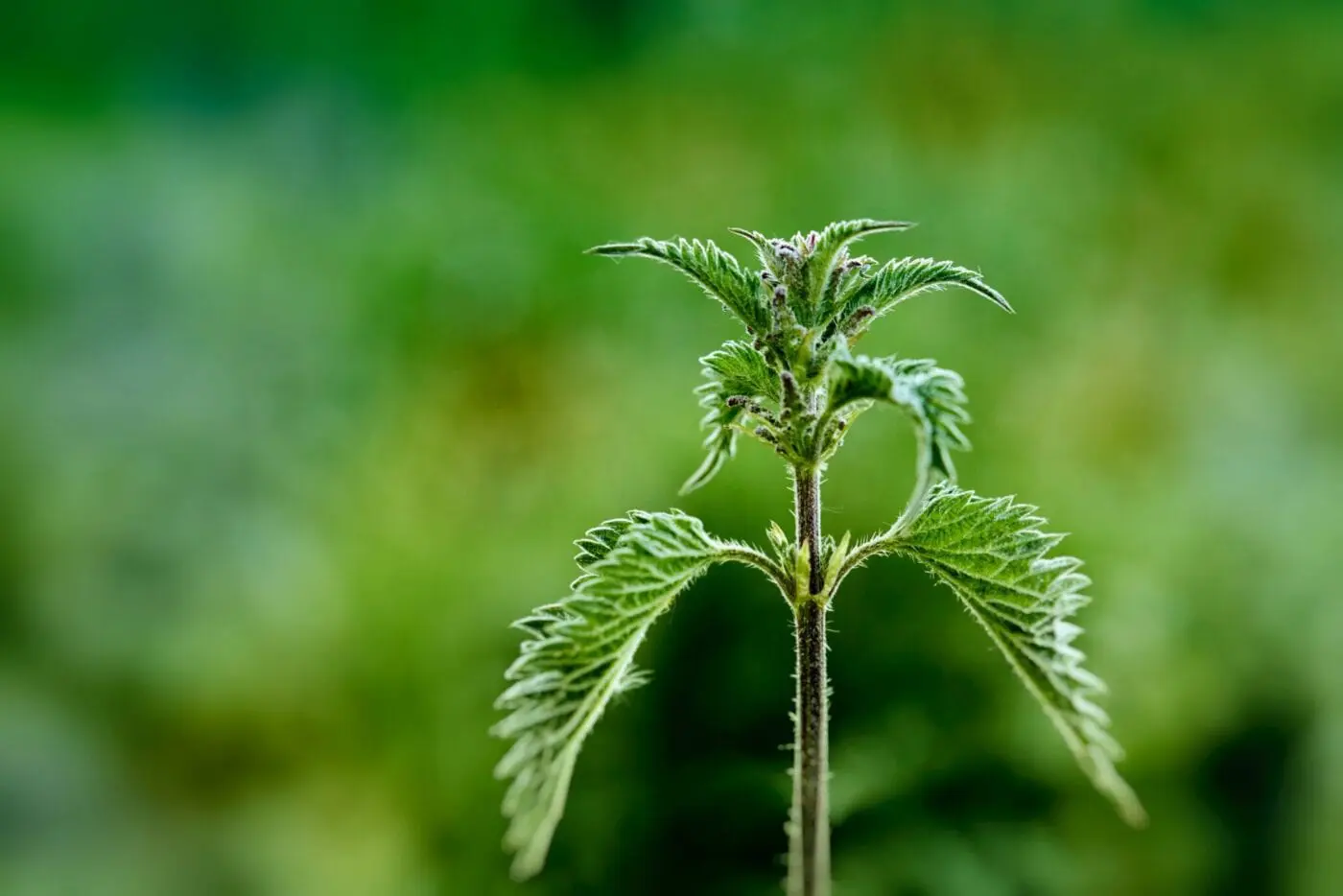
Nettle (Urtica dioica)
The stinging nettle grows pretty rampantly throughout the UK. But did you know that it contains about as much Omega-3 as spinach, essential amino acid levels comparable to chicken, and a whole host of vitamins, including 100% of your recommended daily intake (RDI) of Vitamin A, up to 50% of Calcium, 20% of Fibre and up to 12% of Iron?
To prepare nettles to eat, simply drop them in a pot of boiling salted water for a few minutes to render the sting harmless. Alternatively, you can dry them (using a dehydrator if you have one) or soak them in water for a few days. You can then use them in a variety of recipes, such as nettle pesto or soup or as an infusion in tea. Alternatively, pick up a can of Emunity ─ a new healthy soft drink that harnesses nettle’s healing and immunity-boosting effects.
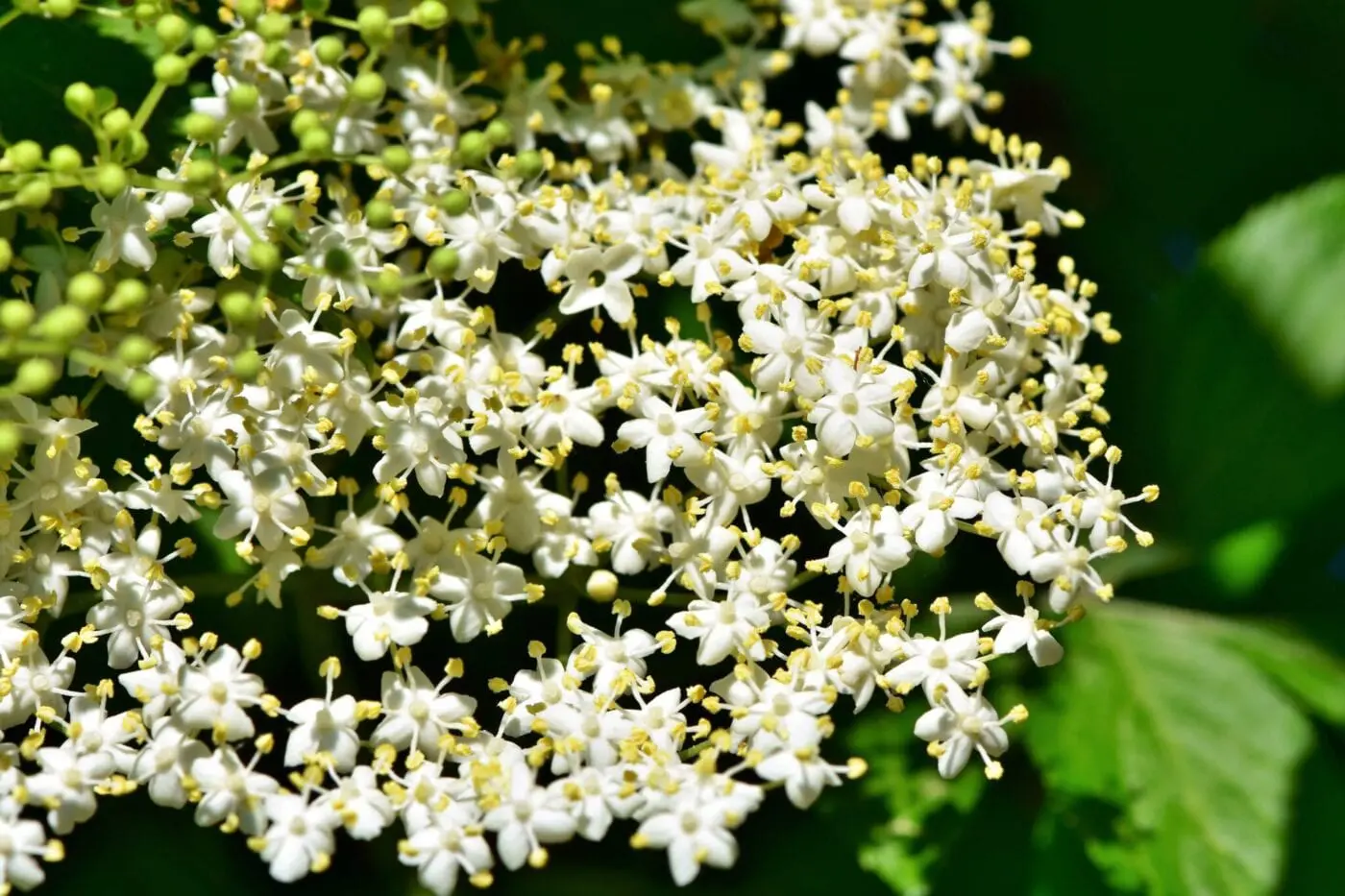
Elderflowers (Sambucus nigra L.)
Another popular and refreshing summer drink is elderflower ─ often in the form of cordial. The earliest records of elderflower cordial date back as far as Roman times!
You can often find fresh elderflowers throughout the British countryside and sometimes in your back garden. Fresh elderflowers also contain a lot more goodness than their dried counterparts, so making it yourself can be one of the best ways to extract the full health benefits of these flowers.
Elderflowers are a rich source of bioactive compounds, such as polyphenols, which bring a number of health benefits such as antipyretic (helping reduce fever), diuretic, antibacterial and anti-inflammatory (5).
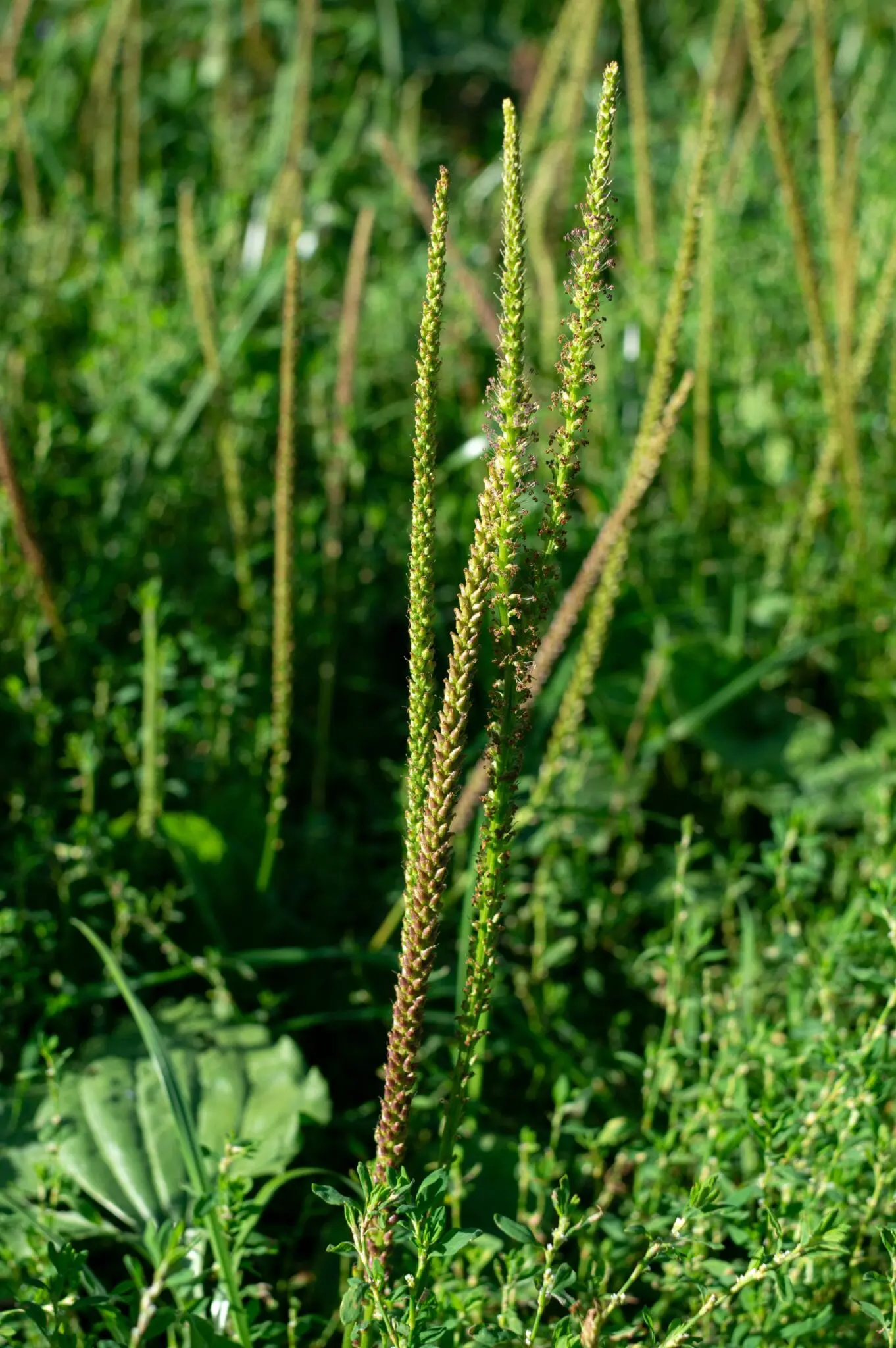
Broadleaf Plantain (Plantago Major)
When you think of plantain, you probably think of the green banana relative found in African and East Asian cuisine. The broadleaf plantain is a completely different plant commonly found across Europe.
Often found by roadsides as a leafy weed. The broadleaf plantain has a wide variety of health benefits that have been used as far back as 1000 years ago. More recent studies have shown that broadleaf plantain can be useful for enhancing the immune system, reducing the size of tumours, and protecting the gut (6).
It is also anti-inflammatory, anti-infective, antibiotic, antifungal, antiviral and antioxidant (6), and they are also high in calcium and vitamins A, C, and K (7). It can also be used to heal the skin when applied locally.
Both leaves and the seeds of the broadleaf plantain can be eaten raw or cooked in stew, or simply baked on their own.
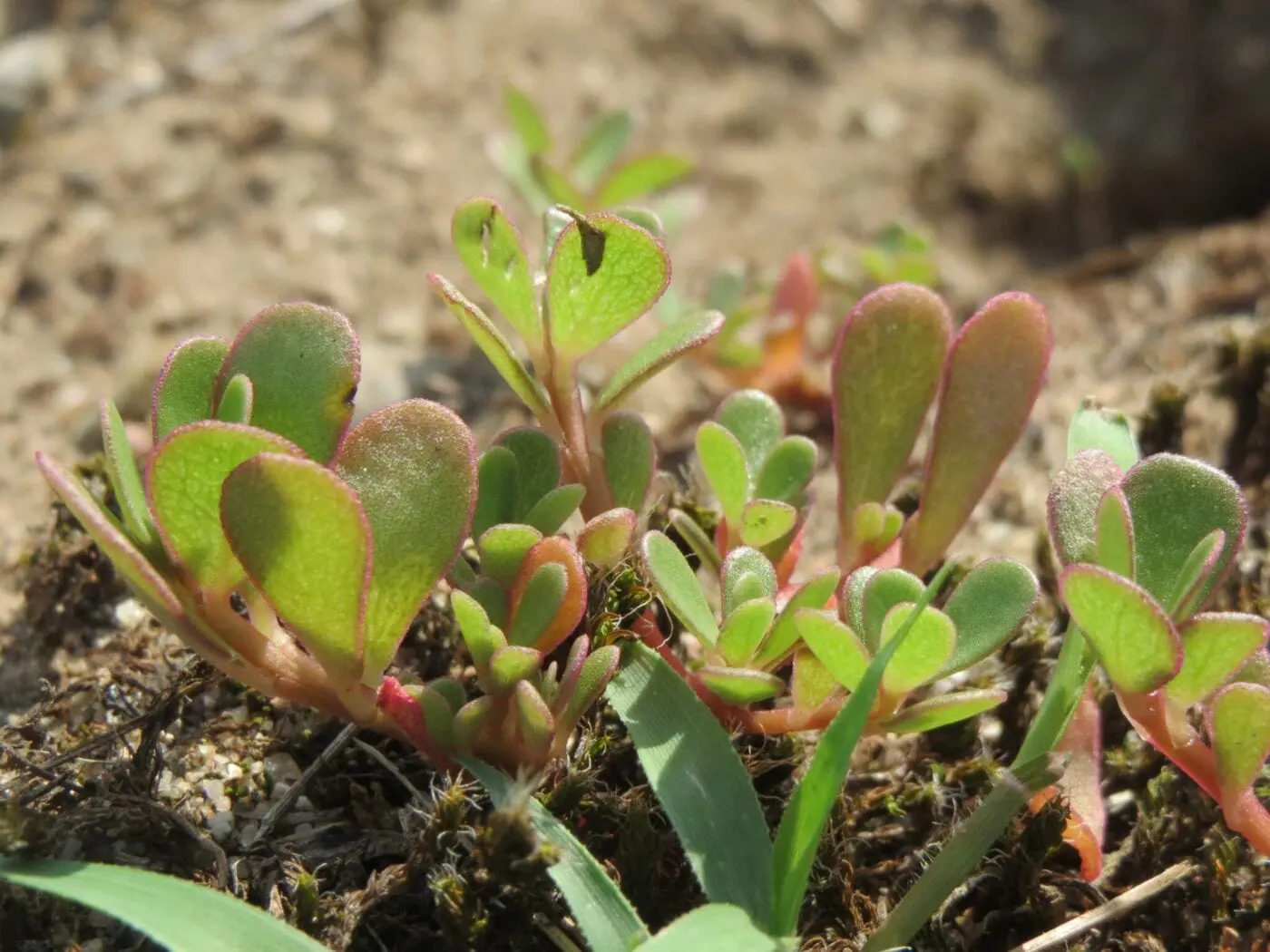
Common Purslane (Portulaca Oleracea)
Common purslane is found in gardens and public spaces across the UK and is often seen as a weed, given its hardiness and ability to rapidly spread. The succulent leaves of the common purslane are also an excellent source of nutrients and antioxidants!
It is incredibly rich in potassium (494 mg/100 g), magnesium (68 mg/100 g) and calcium (65 mg/100 g) and it contains four different types (8) of omega-3 fatty acid (9) ─ useful for controlling cholesterol.
Also helping its cholesterol-busting properties, common purslane has some of the highest amounts of alpha-linolenic acid (ALA) and gamma-linolenic acid (LNA) of any green leafy vegetable (8).
The leaves of purslane can be washed and eaten raw in a salad, mixed into delicious chimichurri sauce or blended with basil and pine nuts into a healthy twist on pesto. In fact, there are lots of things you can do with purslane for an extra healthy kick to your food!
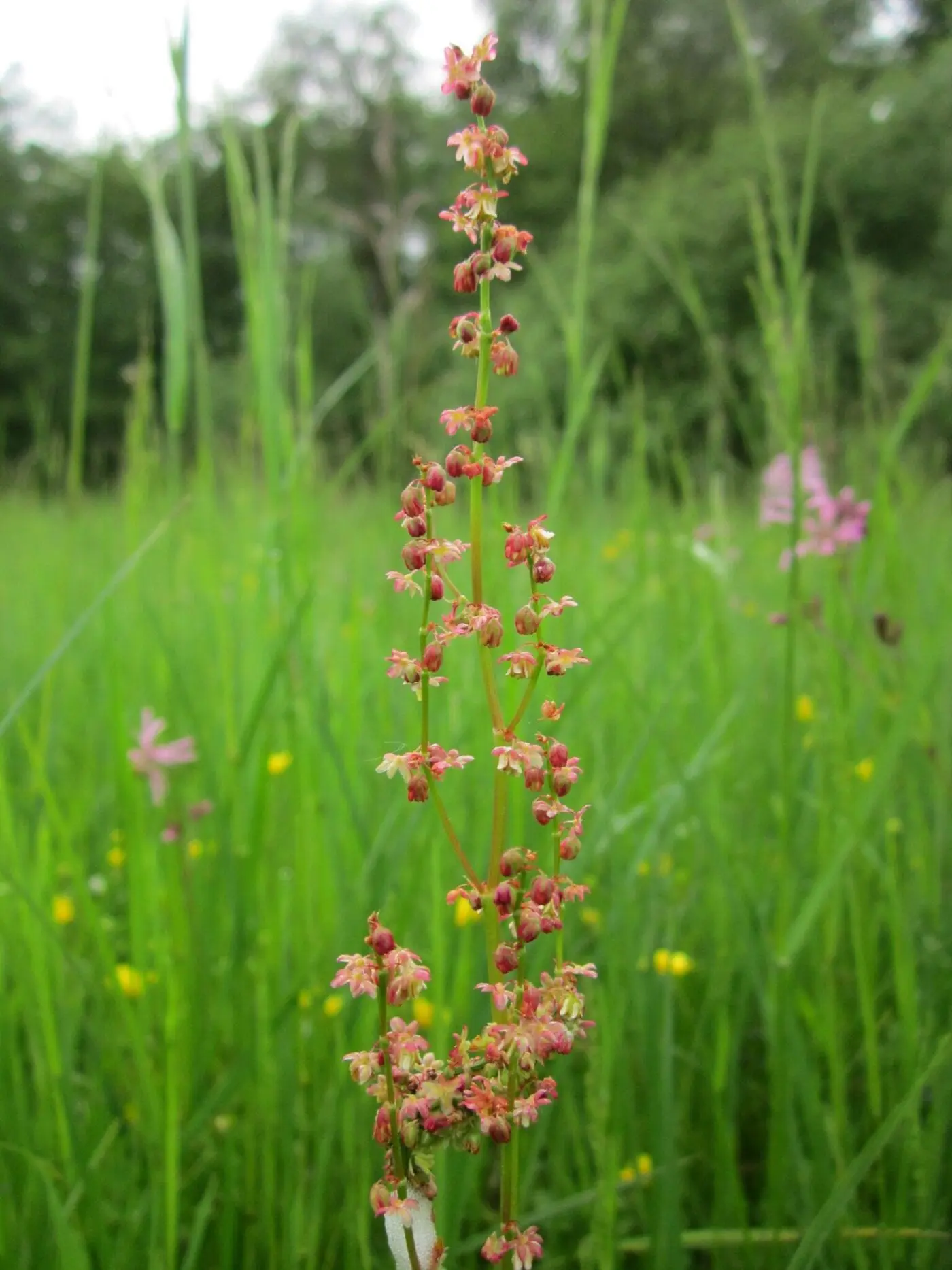
Sheep Sorrel (Rumex Acetosella)
Another perennial weed native to the UK is wild sheep sorrel. It is a small flowering plant that is commonly found growing in back gardens across the country.
As a good source of vitamins C and E, it can contribute to a healthy immune system and glowing skin. Sheep sorrel is also a very good source of antioxidants (10). However, due to its high levels of potassium oxalate, it should only be eaten in small amounts.
Sheep sorrel has a tart, almost lemony flavour that can be a wonderful addition to salads or mixed into a stir fry for a healthy boost. It is best harvested in summer or early autumn.
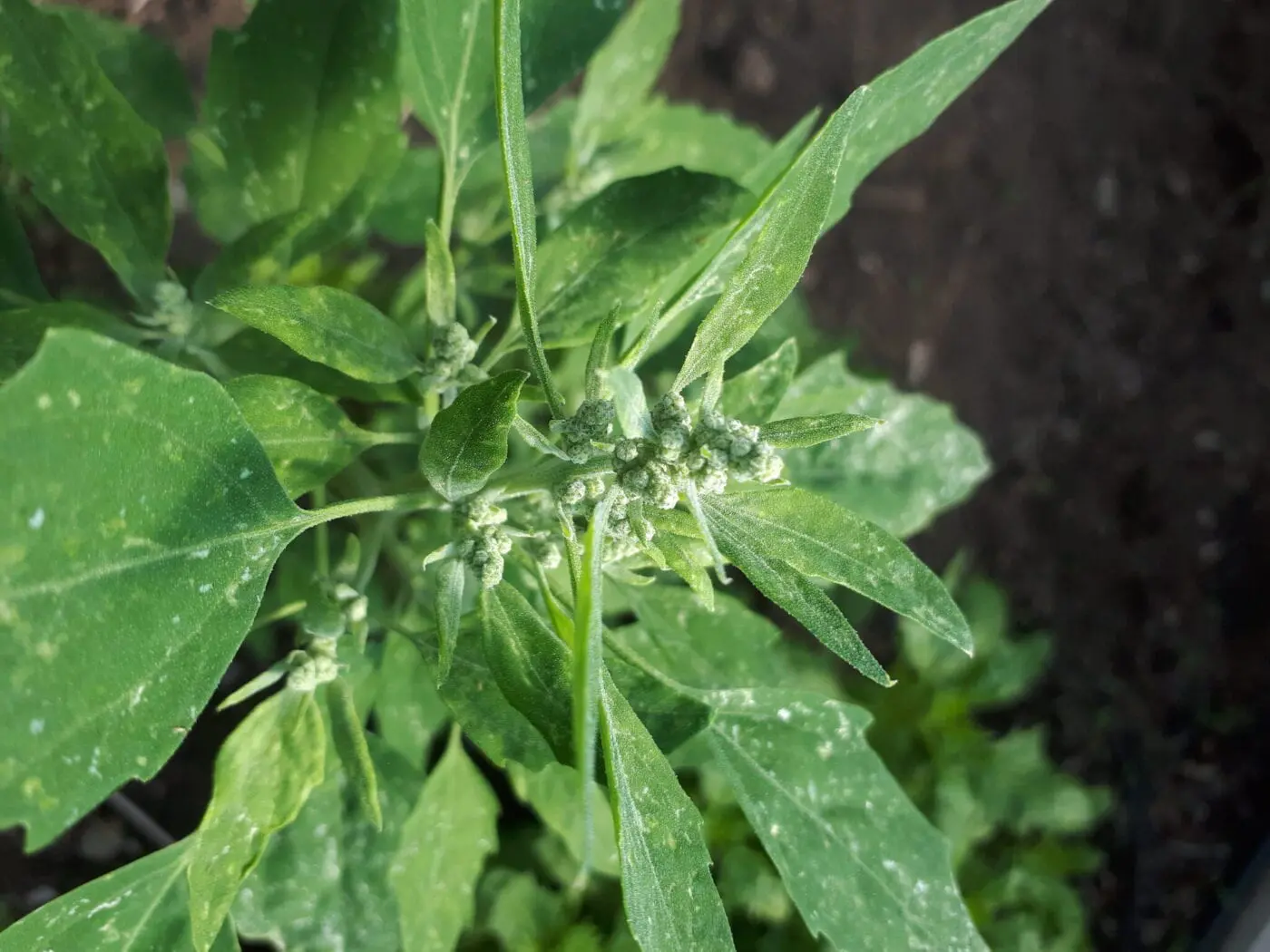
Lambsquarters (Chenopodium album)
Otherwise known as white goosefoot, this fast-growing plant is often seen as a weed and is commonly found in gardens and the countryside across the UK. Despite being seen as a weed, it is incredibly rich in folate (11). In fact, raw lamb quarters have the highest amount of folate (97.5 μg/100 g) of any commonly found weed.
It is also rich in carotenoids (commonly associated with carrots), which can be converted into vitamin A, which is essential for growth, immune system function, and eye health.
Lambsquarters also contain over 10% of your RDI of iron and magnesium, as well as both vitamins B6 (when steamed) and K (11).
Once harvested, wash your lambs’ quarters to get rid of the white powdery bloom and other debris. It can then be eaten raw in salads or, for maximum extraction of vitamin goodness, steamed or sauteed and added to almost any recipe you might use spinach in. You could try it in a quiche, with fried eggs for breakfast, or roasted on its own with some fresh garlic.
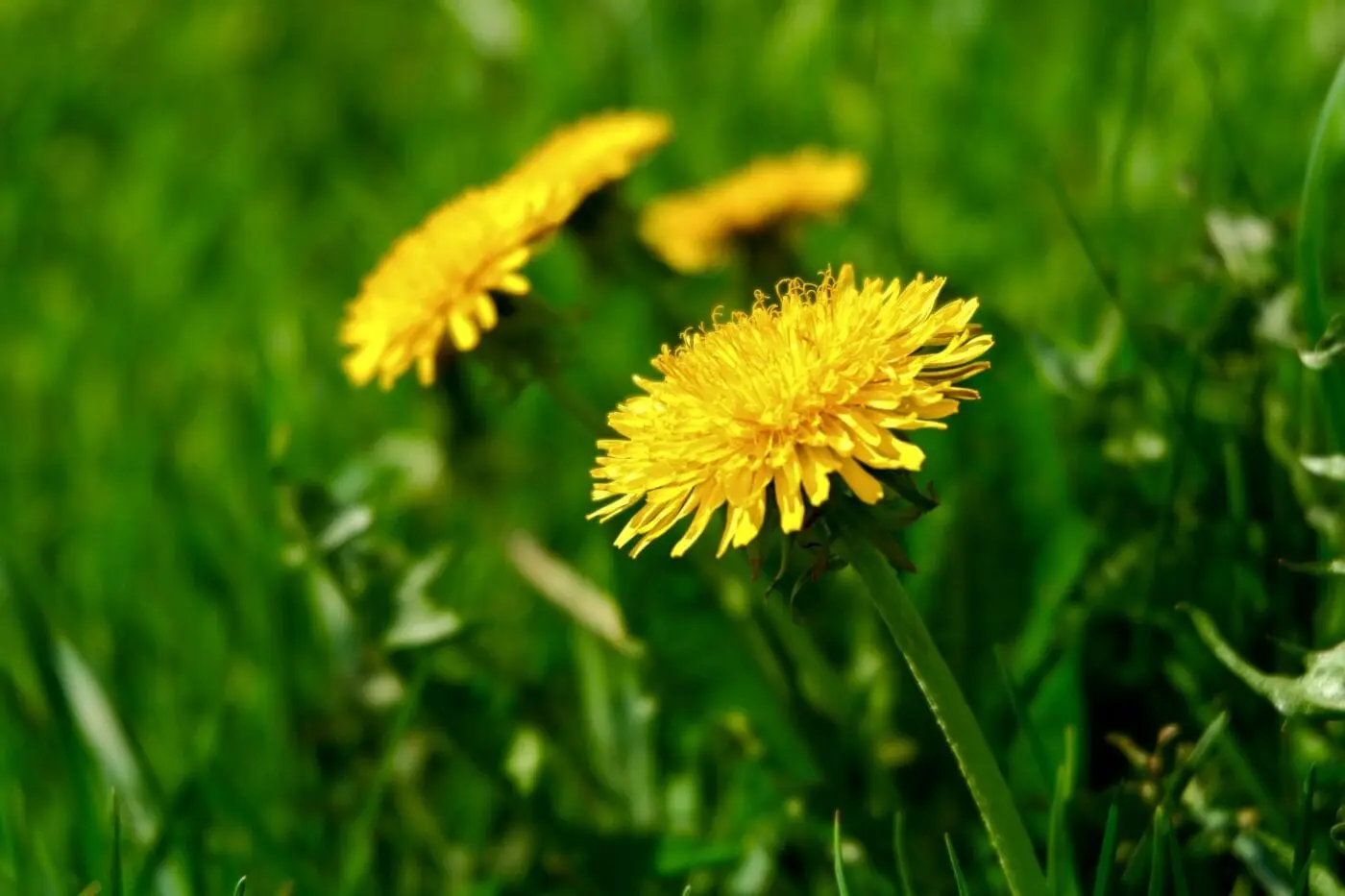
Dandelion (Taraxacum officinale L.)
One plant we have all found growing in our garden at one point or another is the dandelion. While we may have enjoyed a glass of dandelion and burdock at some point. We may not have considered the health benefits of this incredible plant.
Dandelion has long been used in folk medicine as a cure for sore throats, high blood pressure and urinary infections. Recent research has substantiated a number of these health benefits. Showing that dandelion can indeed reduce cholesterol, blood glucose levels (2), and inflammation (3). As a mild diuretic, it can also help if you are suffering from a UTI (urinary tract infection) or thrush.
All of the dandelion plant can be used in various recipes, from petal-infused wine or honey to simply eating dandelion roots whole, just like carrots or parsnips. You can even enjoy the benefits of dandelion in Emunity’s Gooseberry drink, which contains nettle, gooseberry, dandelion, rosemary and thyme.

About the Author
Roy Lamb is a pharmacist and co-founder of UK-based Nasslor Health-drinks Ltd., makers of Emunity. Emunityis the first detox health drink to harness the healing and immunity-boosting benefits of Nettle and make it available in a ready-to-drink can. Emunity’s founders are two UK pharmacists with a passion for helping people stay healthy. Taking an old family recipe, they have blended nettles with English Garden Herbs to create a great-tasting, refreshing drink loaded with immune-boosting health benefits. It is 100% natural, with no artificial ingredients and only 53 calories per can.
Website and shop | Twitter | Facebook
Instagram: @emunitydrinks

